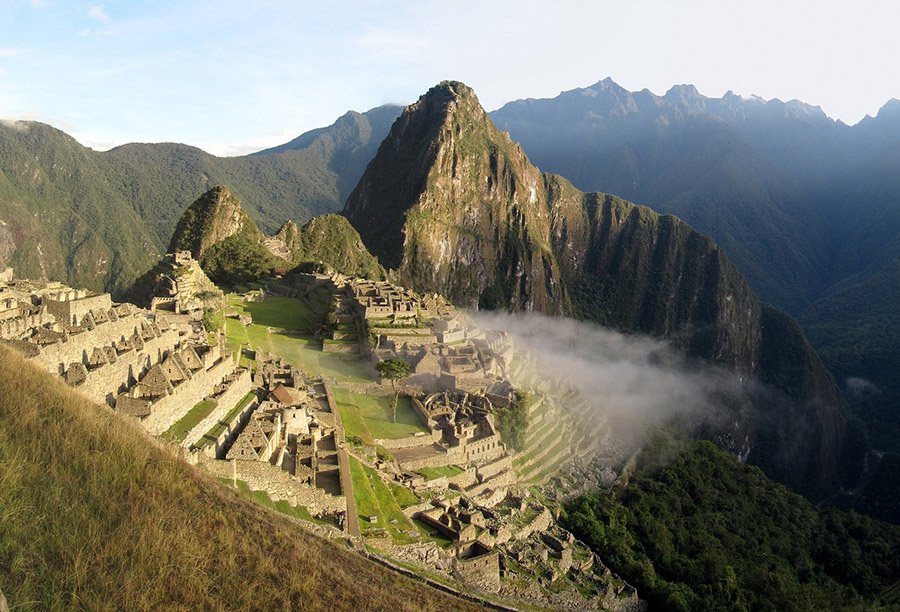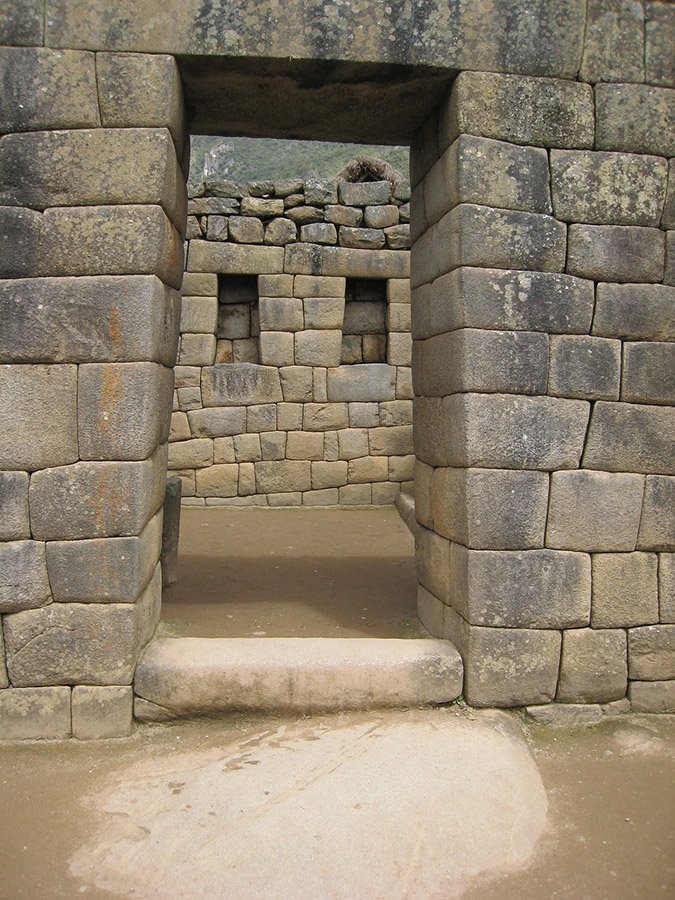Nestled high in the Andes Mountains of Peru, Machu Picchu stands as a symbol of the ancient Inca civilization and remains one of the most breathtaking archaeological sites in the world.
Declared a UNESCO World Heritage site in 1983 and later named one of the New Seven Wonders of the World, this well-preserved city mystifies and captivates scholars, travelers, and historians alike.
Surrounded by steep valleys and lush vegetation, Machu Picchu’s majestic layout, panoramic views, and historical mystique offer a window into a civilization both highly advanced and mysteriously vanished.
What is Machu Picchu?
Machu Picchu is a 15th-century Inca citadel situated on a mountain ridge 2,430 meters above sea level in southern Peru. Often referred to as the “Lost City of the Incas,” it is the most recognized icon of the Inca Empire. The site features over 150 buildings ranging from baths and houses to temples and sanctuaries.
The engineering involved in its complex water distribution and terraced fields reflects the Incas’ mastery in architecture, agriculture, and hydraulic engineering.
Despite its apparent isolation above the Sacred Valley and the Urubamba River, Machu Picchu was a bustling center likely serving as a royal estate for Inca emperors and nobles.
The city’s architectural planning and the quality of its stonework are testaments to its importance and sophistication. Buildings were constructed with a technique known as ashlar, where stones are cut to fit together without mortar.
Remarkably, not only did the Incas build it to withstand the test of time, but they also designed it in harmony with the earth’s seismic movements and the natural landscape. This engineering prowess is evident in features like the Intihuatana stone, believed to have been an astronomical clock or calendar, and the Temple of the Sun, aligned with the solstices.
Through its remote location and grand scale, Machu Picchu continues to be an important symbol of cultural heritage and an enduring legacy of the Inca civilization’s ingenuity and spirituality.
Don’t miss our Virtual Tour of Machu Picchu and our resource page!

The Discovery of Machu Picchu
Machu Picchu’s modern discovery is credited to Hiram Bingham, an American historian and explorer, who was led to the ruins by a local farmer in 1911. Bingham, sponsored by Yale University and the National Geographic Society, initially mistook it for the legendary “lost city” of the Incas, Vilcabamba.
His extensive exploration and documentation brought international attention to the site, which until then had been known only to locals living nearby. This expedition marked the beginning of modern scientific study and global recognition of Machu Picchu, transforming it into an international symbol of the mysterious Inca civilization.
However, records indicate that Bingham was not the first outsider to visit Machu Picchu. There is evidence suggesting that other explorers such as the German adventurer Augusto Berns may have visited the site in the 1860s and conducted informal excavations.
Furthermore, local farmers and indigenous people were aware of the site’s existence long before Bingham’s expedition, challenging the notion of Bingham as the sole “discoverer” of Machu Picchu.
Historical Context and Significance
Constructed around 1450 during the reign of Inca emperor Pachacuti, Machu Picchu’s strategic location and architectural sophistication suggest it served multiple purposes, potentially as a royal retreat, religious sanctuary, or an administrative hub.
The site’s design reflects the Inca’s advanced understanding of astronomy, agriculture, and engineering. Notably, the Temple of the Sun and the Intihuatana stone are precisely aligned with astronomical events, which would have been significant for both agricultural and ceremonial purposes.
Machu Picchu was abandoned in the early 16th century, around the time of the Spanish Conquest, although the Spanish never found it. Its isolation helped preserve its structures and artifacts, offering a unique and relatively undisturbed insight into Inca civilization unlike many other sites that were dismantled or re-used by the Spanish.
The reasons for its abandonment remain a subject of speculation, with theories ranging from an outbreak of disease to a decline in the significance of the region.
Controversies Around the “Discovery”
While Hiram Bingham is often celebrated as the “discoverer” of Machu Picchu, this characterization has been a point of contention, particularly within Peru. Evidence suggests that Machu Picchu was known to local people long before Bingham’s expedition.
In fact, there were recorded instances of other explorers and adventurers who visited the site during the 19th and early 20th centuries. For instance, German adventurer Augusto Berns is believed to have conducted unofficial excavations in the 1860s, and there are accounts of local farmers who were aware of the site.
This challenges the narrative that Bingham was the first to “discover” Machu Picchu, leading some historians to describe his role more accurately as bringing the site to international attention rather than discovering it anew.
Furthermore, the term “discovery” itself is controversial as it disregards the Indigenous populations who were aware of Machu Picchu’s existence long before it became known to the Western world.
This perspective is essential in acknowledging the complex histories and rights of indigenous communities in narratives about historical and archaeological sites.

Impact of Bingham’s Discovery
The exposure that Bingham brought to Machu Picchu had profound implications for both the site itself and for archaeological practices globally. Following his 1911 expedition, Machu Picchu became a focal point of international interest, leading to numerous subsequent studies and increasing tourism.
Bingham’s work also sparked a lengthy debate over the repatriation of artifacts. Yale University, where Bingham was a professor, returned thousands of artifacts in 2012 after decades of legal and diplomatic negotiations with the Peruvian government.
This case has become a landmark in the discussion of ethical practices in archaeology and the rights of countries to their cultural heritage.
These controversies and the eventual return of artifacts highlight the broader issues of cultural heritage and repatriation that are increasingly relevant in our globalized world.
They underscore the importance of respecting and preserving historical sites and artifacts as part of the collective human history, while also honoring the sovereignty and cultural significance of these items to their countries and communities of origin.
Preservation Efforts
The preservation of Machu Picchu faces ongoing challenges due to its popularity as a tourist destination and the natural wear and tear that results from its exposure to the elements. The Peruvian government and international organizations like UNESCO have implemented several measures to protect this invaluable heritage site.
Efforts include limiting the number of daily visitors, establishing strict tour paths to reduce wear on the ancient stonework, and promoting sustainable tourism practices that minimize environmental impact.
One of the critical strategies has been the introduction of a ticketing system that caps the number of visitors and requires them to reserve and pay for specific time slots. This approach aims to prevent the overcrowding that can lead to accelerated deterioration of the site and helps manage the flow of tourists to ensure a more controlled and respectful engagement with the environment.
Moreover, UNESCO continues to work closely with Peruvian authorities to address concerns such as erosion, uncontrolled access, and the impact of climate change on the site. These efforts are part of a broader commitment to ensure that Machu Picchu can withstand the challenges of modernity and remain a source of pride and historical insight for future generations.
Conclusion
Machu Picchu remains a fantastic example of the ingenuity and spirit of the Inca civilization. Its discovery—or rather, its introduction to the global consciousness—has sparked a complex dialogue about cultural heritage, conservation, and the intersection of indigenous histories with the narratives constructed by later arrivals.
As we move forward, the story of Machu Picchu continues to evolve, reflecting broader changes in how we understand and appreciate the past. It stands not only as a monument of historical achievement but also as a beacon for ongoing discussions about cultural respect, preservation, and international cooperation.



Add comment